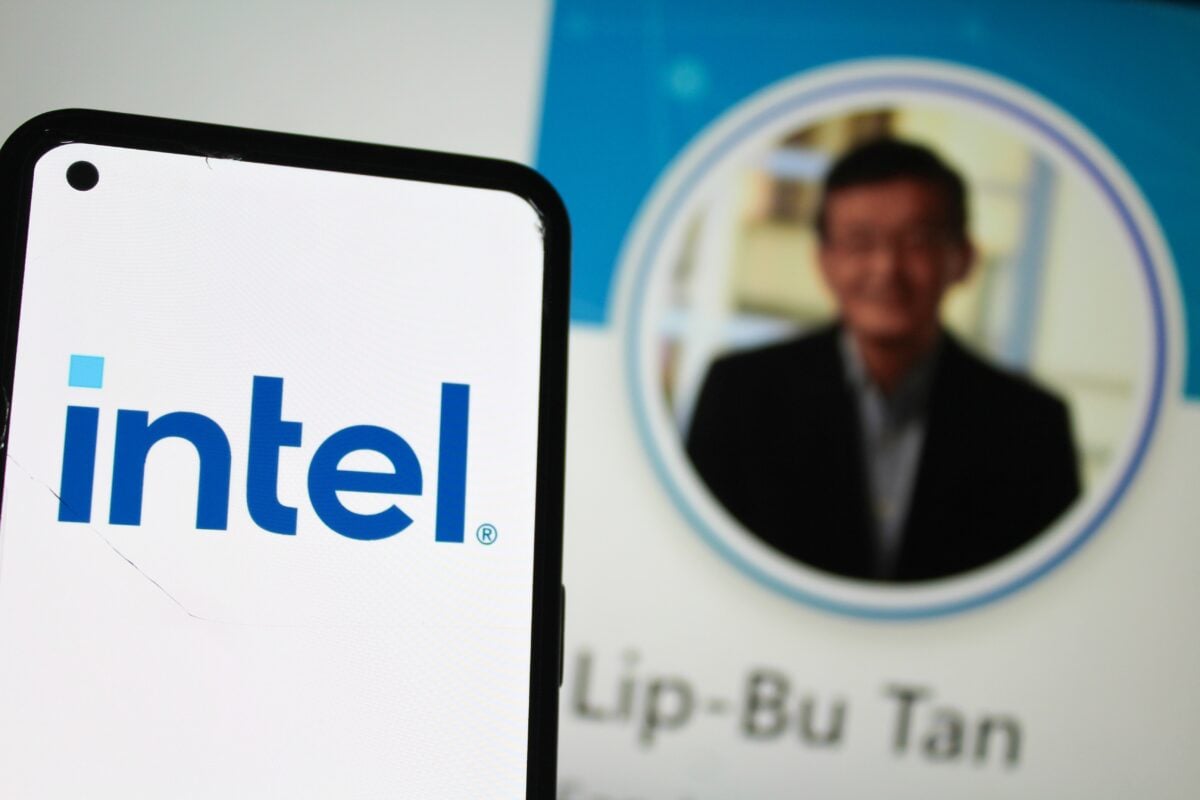TLDRs;
Contents
- Intel CEO Lip-Bu Tan vows to personally vet all major chip designs before production.
- New leadership rejects previous “build it and they will come” investment mindset.
- 14A node development at risk without confirmed customers, Intel warns.
- Intel stock drops amid weak earnings, strategic shift, and upcoming layoffs.
Intel is undergoing a significant strategic shift under its new CEO Lip-Bu Tan, who has pledged hands-on oversight of all future chip designs.
In a clear departure from the ambitious and aggressive expansion led by former CEO Pat Gelsinger, Tan emphasized a more pragmatic and customer-first approach during Intel’s recent earnings call.
Tan announced that he will personally review and approve all major chip designs before they move to tape-out, aiming to fix legacy design issues and increase the company’s reliability.
“Every investment must make economic sense,” he said, firmly rejecting Gelsinger’s risky bet on the 18A node. “I do not subscribe to the belief that if you build it, they will come.”
Intel’s next-generation 14A fabrication node, the successor to the ongoing 18A, may never see the light of day. According to Intel’s SEC filing, the company may “pause or discontinue” the 14A and associated expansions unless it secures a “significant” customer. This marks a shift toward caution and discipline in capital allocation.
Customers First or No Fabrication
Intel’s Q2 report paints a sobering picture of the chip giant’s current state. It reported larger-than-expected losses and lowered future guidance, leading to a 5.8% stock dip in Frankfurt on July 25, 2025, and a 3.66% drop the day before in regular U.S. trading.
The company also confirmed workforce cuts that will bring its headcount down by 22% to around 75,000 employees by year-end.
Tan’s refusal to green-light the 14A node without concrete customer interest signals a dramatic departure from Gelsinger’s expansive “bet it all” approach. With Intel already struggling to regain footing in the global semiconductor race, the move may force customers, and possibly the U.S. government, to re-evaluate support for Intel’s chip roadmap.
“We’ll Build What Customers Need”
While some interpret the 14A uncertainty as a negotiating tactic aimed at unlocking government or strategic partner support, Tan insists it’s simply sound economics.
“Unfortunately, the capacity investments we made over the last several years were well ahead of demand and were unwise and excessive,” he admitted.
Despite this, Intel’s current 18A process remains the backbone of its near-future plans. Panther Lake and Nova Lake chips, scheduled for 2025 and 2026, respectively, will rely on the 18A node. CFO David Zinser noted that peak volume from 18A won’t occur until “probably the beginning of the next decade,” reinforcing the company’s shift to long-term, sustainable node lifecycles.
Strategic Shift Signals End of Era
Tan’s leadership may appeal to investors frustrated by Intel’s free cash flow drought since 2021 and repeated execution missteps. However, the road ahead remains steep. Job cuts, halted expansions like the canceled German megafab, and shifting market dynamics leave Intel fighting to remain relevant in a sector increasingly dominated by rivals like TSMC and Nvidia.
That said, as Intel narrows its focus, the question now is whether Tan’s strategy of lean operations, targeted design reviews, and disciplined investment will be enough to steer the chip titan back to leadership, without betting the farm.


